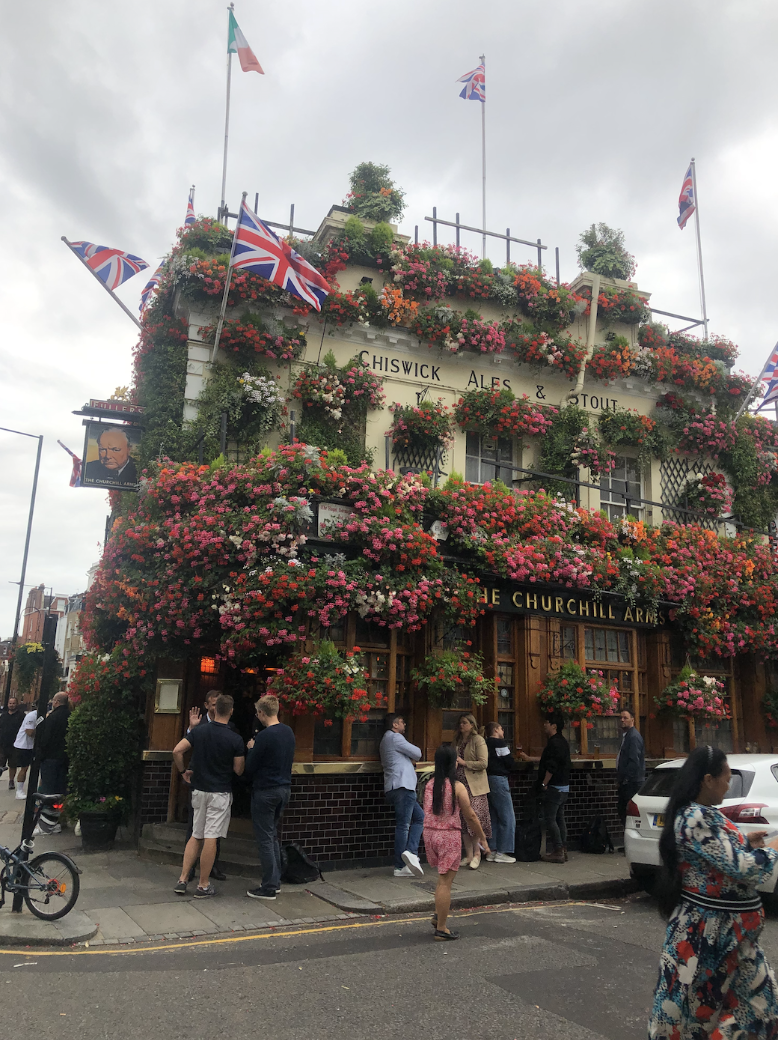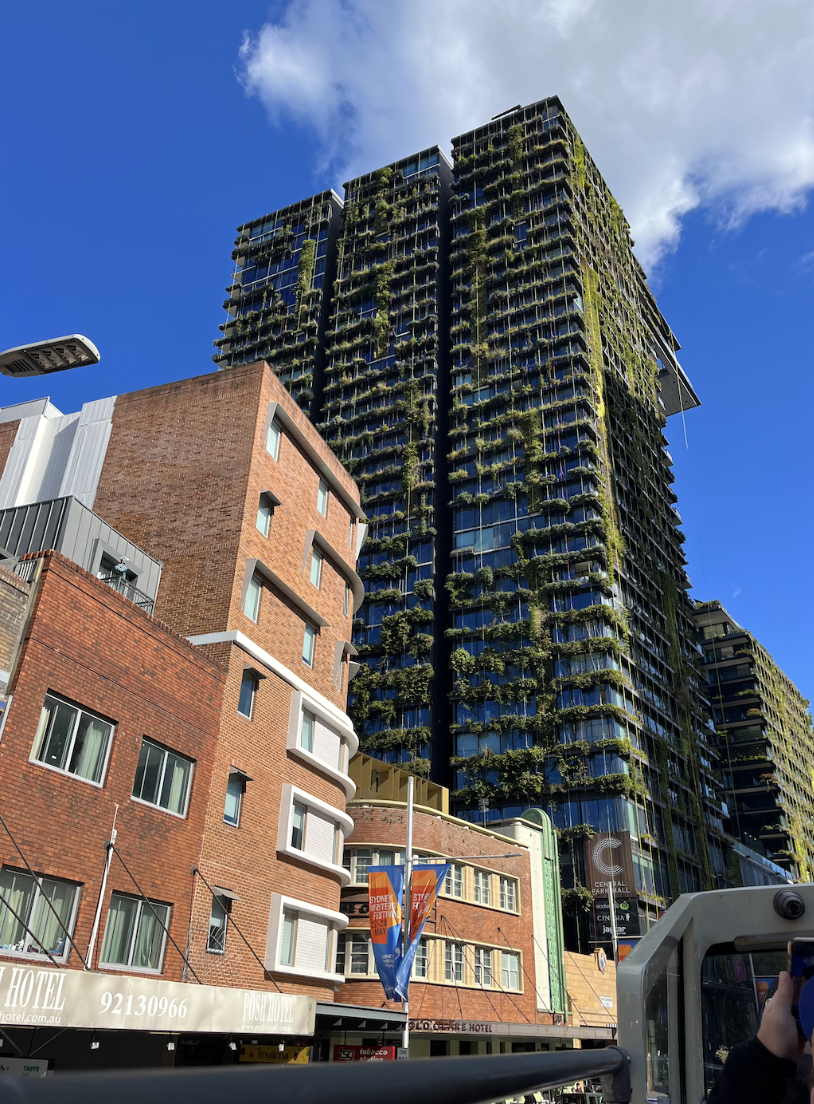Our Summer of Sustainability Abroad

Our Summer of Sustainability Abroad
By Malia Koliander
The most common phrase I was told last May was “don’t get bitten by a spider”. This was the response that most of my hometown friends had when I announced that rather than relax on the beach with them in San Diego, I would be taking on an internship and classes abroad in Sydney, Australia. I ultimately chose to trade my summer for winter (Australia’s in the Southern hemisphere so it was wintertime during our summer) so that I could fully immerse myself in a new culture. While I have been lucky enough to travel outside of the United States before, I wanted to be able to stay in a destination long enough to learn the nuances of their traditions, value sets, and lifestyle!
Upon stepping off the plane onto Australian land, I felt as if I had entered into an alternate reality, a modified version of the one I knew back home. Like the cities in the US, Sydney was full of bustling people and cars, neon McDonald’s signs, and towering office buildings. Yet, here the cars were on the other side of the road and the office buildings ranged from majestic European-style architecture to tall buildings completely covered in living plants. I’m not going to lie, it took a little while to settle in and get used to the differences; once I did though, I began appreciating the little things about Australian culture that America lacks. One such thing being an evident culture of sustainability.
As someone who is studying environmental economics and policy, one of the first things I noticed was the societal focus on minimizing human impact on the environment, even in the middle of an enormous city. In some ways, this culture was obvious. Expansive parks, like the Sydney Botanical Garden and Hyde Park occupied prime real estate within the city. From the botanical garden, you could even have a beautiful view of the world-famous Sydney Opera House. Something else that amazed me were vertical gardens: buildings had plants growing from its walls, making it look like something out of my favorite dystopian novel. I regularly walked past the largest vertical garden in the world, called One Central Park, between attending class at the University of Sydney. At the university, marks on the ground denote that you’re walking above tanks that hold water from rain (later to be used for plumbing) and solar panels gleamed in the light atop historic and grand European-style architecture. Outside of these physical sustainability efforts, people were genuinely caring for the world around them. Some people volunteered at places like urban farms, where volunteers cultivated crops that would be donated back to the community, or reuse centers, where lightly used or surplus goods from businesses were sold for practically nothing to reduce waste. Everyone was also very strict about putting waste in the correct bin and compost bins were widely available. After making these observations in Sydney, I began to wonder if others had noticed different ways another culture prioritized sustainability.
The first person I asked was my friend Zoe Trevithick, another Berkeley student who studied abroad: only she lived in London, England. One thing that stood out to Zoe was the vast amounts of thrift stores, lining the streets alongside big department stores. The easy access to thrift stores helped encourage her to shop for more second-hand items. Talking about thrift shopping jogged her memory about grocery shopping; she remembered that plastic bags at the checkout counter were priced higher than they are in the United States.
Another good friend of mine, Phoebe Lemon, also noticed a heightened awareness of sustainability when she studied abroad in Paris, France. Phoebe told me that, “the metro was the most popular form of transportation, but there was also an extensive bus system and street trams. As someone from a city that has virtually no public transportation, I was amazed”. By using public transportation regularly, Parisians cut down on the amount of greenhouse gas emissions they produce every day!
The last person I spoke to is a close friend named Margaret O’Brien, who said that she learned the most about sustainability in the classroom, rather than in regular, everyday life. As a part of her coursework abroad, Margaret was able to meet members of Klimatriksdagen, Sweden’s Climate Parliament, and learn from natives about various ways that Sweden has technologically grown in relation to their GDP growth. She was also excited to tell me about how she had seen Greta Thunberg at the train station!
I found it really interesting to hear about their observations abroad. All of us lived in vastly different locations, yet a striking commonality was the overall focus on sustainable public practices. Rather than getting bitten by a spider like my friends expected me to, I found that my summer was one of sustainability abroad, where I could learn about different approaches to tackling climate change that I had never seen before.










